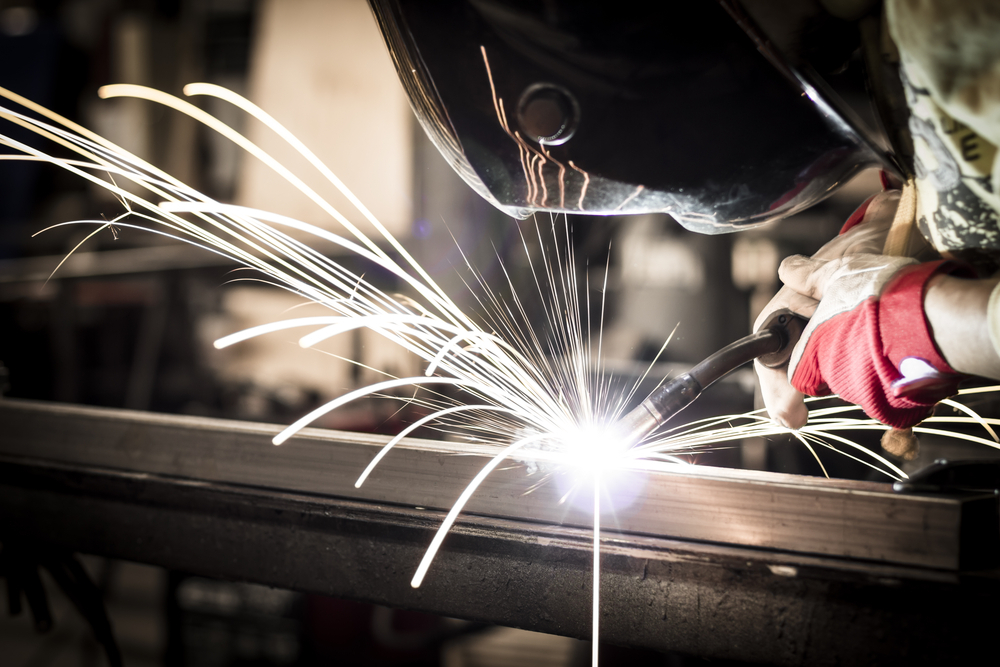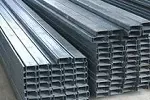When raw aluminium is subjected to extreme pressure during the pressing and rolling processes, the outcome is aluminium sheets, also known as aluminium plates. Thin and lightweight, yet strong enough to give a wide range of design options and low maintenance requirements, this is the hallmark of aluminium sheeting. Its many other desirable qualities have led to its extensive use in various commercial, agricultural, domestic, and commercial production settings.
Aluminium sheets, with various extra coatings applied, can be made into a durable material suitable for outdoor usage or in other harsh conditions, such as external cladding. Because of their low weight, very thin aluminium sheets are perfect for high-volume storage, transit, and retail applications.
How do aluminium sheets become manufactured?

Raw bauxite, an ore typically found in thick clay-like soil types a few metres below the earth's surface, is today's only source of aluminium extraction. White alumina, an oxide powder, is created by processing this ore in a hot lime and caustic soda solution. This oxide generates the liquid metal at very high temperatures, often called aluminium, when coupled with electricity and carbon (to create CO2).
This liquid metal fabrication Singapore is cast into various ingots or alloys depending on its final use. Bars of up to 20 feet in length (and 20 tonnes in weight!) with exceptionally formable (ductile) qualities are typical for aluminium used for tubes, rods, sheets, and angles. They may be rolled or pressed to practically any usable thickness by subjecting them to different temperatures and pressures, allowing for the sheet metal fabrication Singapore and plates, foils, and other forms.
What do you do with aluminium sheets?
- Roofing
Aluminium roofing sheets are one of the most common uses for larger panels. This is largely attributable to the fact that aluminium roofing sheets have a construction that is not only lightweight but also very durable and has outstanding anti-corrosion capabilities.
- Artistic ceilings
Beautiful and long-lasting deboned or composite aluminium sheets are frequently utilised as ceiling perforated panel or huge tiles inside buildings.
- Balconies
Again, due to its lightweight yet sturdy, metal works Singapore construction and their extreme weather proofness, aluminium balcony railings and fences are often used.
- Cable sheathings

Aluminium foils and other extremely thin sheets of aluminium are often used to create metal perforated sheet sheathing for cable due to their amazing mechanical and electrical qualities and their relative resistance to corrosion (which can be improved via several additional treatments).
- Shelters
Covered pathways and public and private outdoor shelters are common uses for aluminium panels in worldwide.
- Caravans
Aluminium plate or sheeting is frequently used in the construction of towable storage and lodging due to its lightweight and high resistance to the effects of weathering in exposed places.
- Flooring and walls
While decorative and structural aluminium sheet walls are becoming increasingly popular as hardwearing, beautiful, and readily cleaned fixtures in the home or workplace, aluminium plates can be chequered to provide greater anti-slip and damage-masking capabilities, suitable for usage in high-traffic areas.
Conclusion
Aluminum is a great choice for projects that need a lightweight material. Although uncoated, this metal sheet Singapore has exceptional corrosion resistance. Aluminum's strength comes from its low density and ability to be machined, welded, and sliced with a laser from Metal Supplier Singapore.
No comments:
Post a Comment